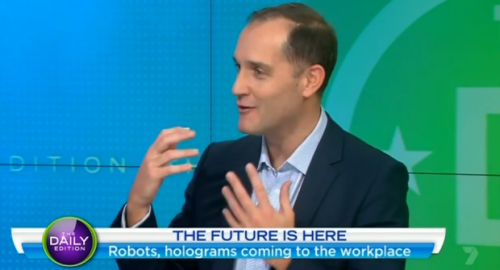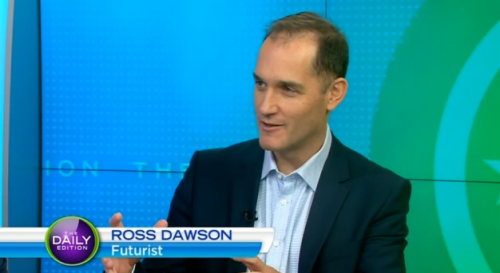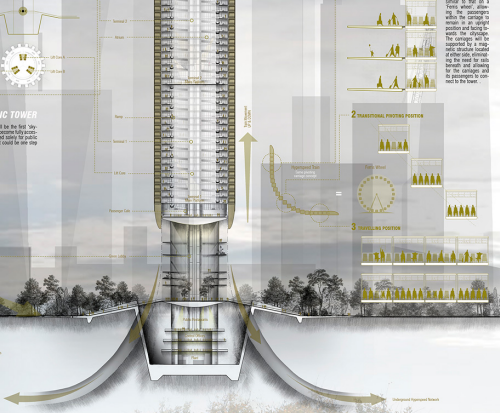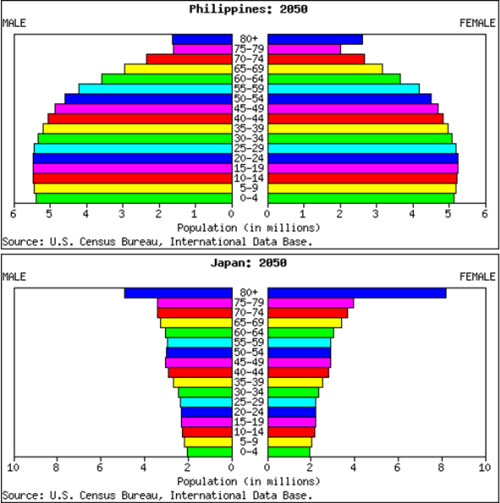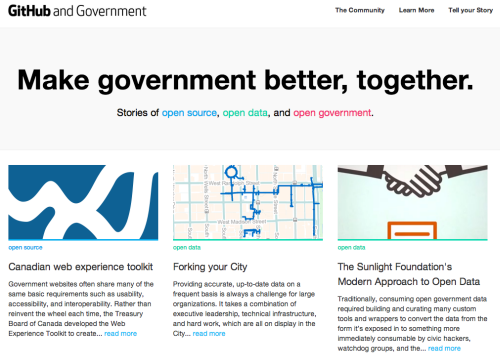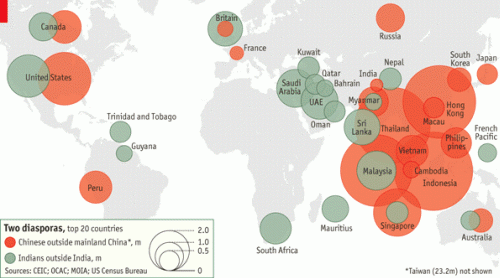Envisioning the future of government as solution enabler
When you look at the future, there are few more important topics than the future of government.
Government was designed to be institutional, providing stability to nations. Yet that design and structure means that governmental institutions are generally very poorly prepared to change as required in the face of extraordinary shifts in society and business.
I have been drawn more into the future of government over the last few years, among other activities creating and sharing my Transformation of Government framework with a variety of groups of senior policymakers.
William Eggers and his team at Deloitte have distilled some excellent analysis and insights into the future of government at their Government 2020 site, which includes an overview of drivers and trends shaping government, and views on the implications across domains of government.
The following slides and video provide nice high-level overviews of the work.
The other resources on the website are well worth a look, including the Drivers and Trends sections.

